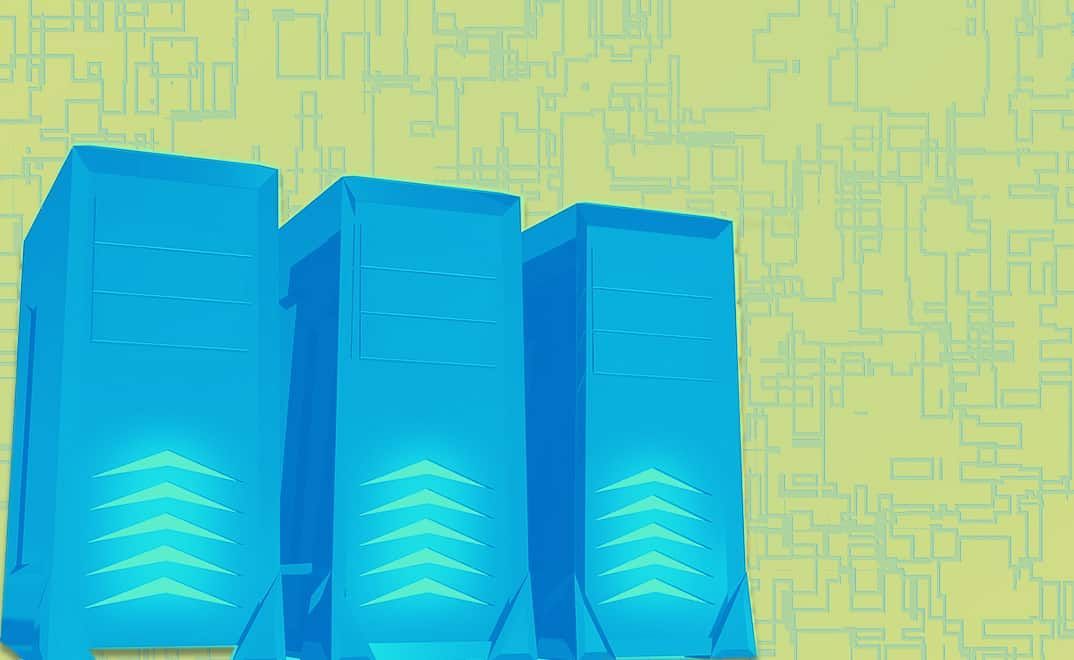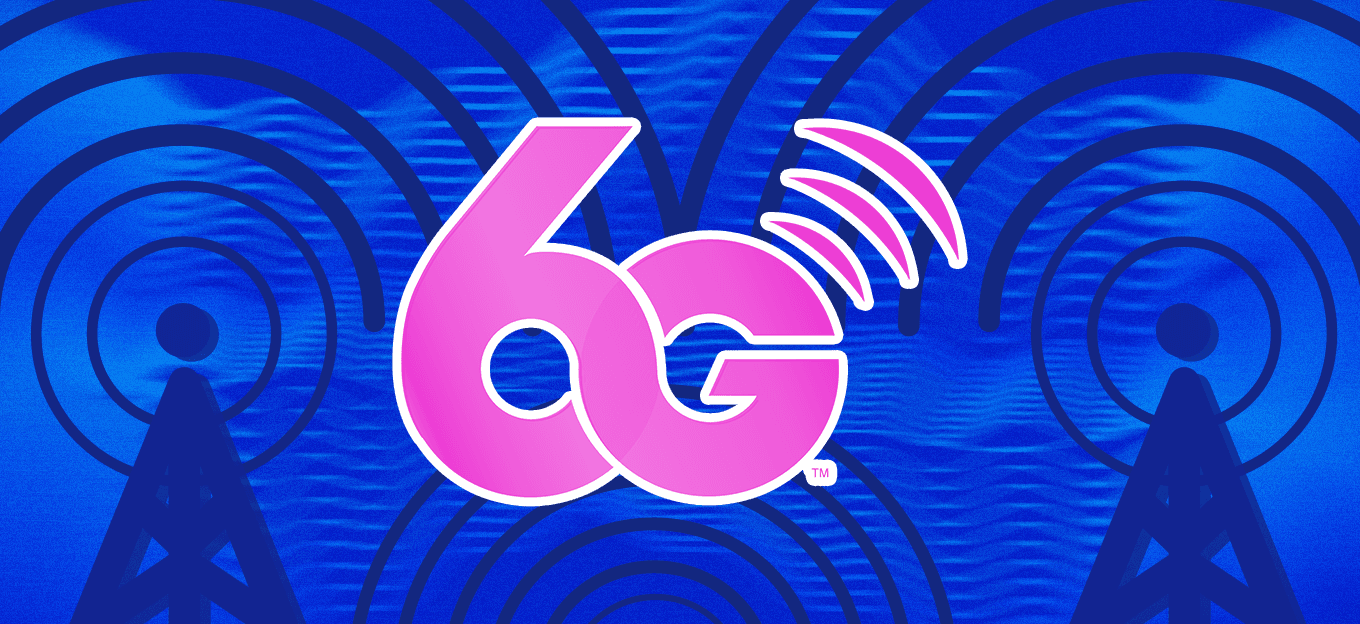IoT and the Soul of a New Machine
IoT and the Soul of a New Machine
- Last Updated: December 2, 2024
Blues
- Last Updated: December 2, 2024



20,000 had died as a result of the tsunami by the time I spoke with Joi. Three reactor cores had melted. Unknown to most at the time, sixteen radioactive plumes were sweeping across the Fukushima countryside. Some being relocated and all glued to the news, families across the nation were asking: Are we safe? Should we stay indoors? Can our children drink the milk?
There were no clear answers, but there was plenty of speculation. Datasets available to the government and power companies were withheld from the public. Scientists across the world, eager to evaluate the situation, were left guessing.
Today’s opportunity is about improving our own interactions and learning how best to collaborate with machines.
That day in March 2011, Joi told me that he and a small cast of characters had assembled a rough plan for Open Global Sensing. I’d just left Microsoft where, as Chief Software Architect, I’d started and nurtured a new product called Azure. “We could use your cloud and data expertise. Will you join us?
A few weeks later, 15 of us met in Tokyo, came together around a mission, and set off to Akihabara. Within days, a volunteer’s car had been armed with a laptop, a GPS, and a high-quality Geiger counter. The team began mapping radiation levels and uploading them as CC0-licensed data for all the world to see. Citizens became scientists, and Safecast was born.
Over 10 years, using more than two thousand sensors, more than ten thousand volunteers have worked to gather a rapidly growing dataset and map of hundreds of millions of data points. During that time, the team has used commercial IoT technology to create ten generations of sensors – some fixed, some mobile. Some measuring radiation, some air quality. Some hard-wired, some solar-powered. With the support of several generous benefactors, Safecast’s citizen scientist volunteers have managed to build one of the largest open environmental datasets in existence.
But gathering that data was far, far too difficult. If we’re to benefit from a world of cloud-connected devices from birth, IoT needs a new soul.
Surfing the Public Airwaves
I came to believe that the only viable business model for large-scale cellular IoT is the Kindle’s Whispernet model, where the lifetime cost of cellular is simply embedded into the cost of the product.
Low data-rate applications don’t need the complexity of Linux, containers, or edge computing. For these solutions, AI/ML is best done in the cloud, with microcontroller-based device design focused on simplicity, reliability, low power, and low cost.
The earliest Safecast devices recorded their data onto SD cards. Next, we embraced Bluetooth for mobile phone-based upload and then LoRa and LoRaWAN for fixed location backhaul. LoRa is an amazing technology, and we came close to becoming addicted due to its low power and low cost. But being a global project with a low density of devices, each time we deployed a sensor, we ended up needing to build our own network – a consuming undertaking that was greatly complicated by the fact that LoRa chips and concentrators, and spectrum rules vary around the world.
The answer, it seemed, was to use the globally-harmonized public airwaves of cellular.
But what a nightmare! Cellular has a huge power draw; it’s a significant challenge for hardware developers to build battery-powered cellular devices. Cellular modems have arcane interfaces and are extremely awkward for developers to deal with. Carriers and cloud providers now (rightfully) require device certificates, TLS, and firmware updates, adding even more complexity to the simple task of uploading just a little bit of data.
What’s more, the cellular business model of charging “per month per device” is fundamentally flawed for narrowband cellular IoT, where devices are very high-volume, low-cost, and may even be discarded. Charge the user? Charge the vendor? Charge even when it’s broken? I believe that the only viable business model for large-scale cellular IoT is the Kindle’s Whispernet model, where the lifetime cost of cellular is embedded into the cost of the product. For the user, it just works.
A Simple Data Pump
For many applications – including Safecasts’s – all you need is a simple data pump. Please take a little bit of data, perhaps hourly or daily, format it in a simple way, like JSON, and deliver it securely to a cloud-based app via REST. Is that too much to ask?
Before investing more time and energy into this problem at Safecast, I began to talk to others in the industry. Does anybody have a simple way of dealing with low-power cellular from a developer perspective? No one did.
Next, I decided to talk with a number of the thousands of commercial and industrial customers I’ve met with over the years. I heard horror stories about how they tried cellular and gave up. Stories of how they tried Wi-Fi and now want to bail because it’s a complete cesspool. To a customer, they were all stories of frustration.
I happen to be very close to the leadership of a few cellular carriers. So I pressed them: How are you (as an industry) going to realize the promise of cellular if it’s so difficult for developers to use?
Their answer? “We’re counting on you software folks to solve that problem, Ray.”
And so began another journey.
Collaboration
In building Lotus Notes, Groove, and Talko, I’ve spent decades of my career building software in the field of Computer-Supported Cooperative Work. In the soul of that software was the aspiration to improve outcomes by qualitatively improving interactions among co-workers.
Today’s opportunity is about improving our own interactions and learning how best to collaborate with machines. Distributed networks of sensors can enable us to know what’s happening in our environment, in our fleets, in our patients, in the COVID vaccination delivery chain, in our food supply, in our HVAC systems, at the entrances to our offices.
Sensors and controls will be ubiquitous in business. They should give us greater situational awareness and empower us to work together more effectively and serve customers more effectively.
In starting and leading Blues Wireless, my objective is to make it possible for every organization to collaborate with machines to improve their business and improve the world through visibility, transparency, and control. But it’s also our dream that by adding simple, inexpensive monitors for our food, our fuel, our fridges, our health, that the benefits of the ‘cloud’ and the ‘edge’ can extend to everyone, including the old, the disadvantaged, and the under-served.
The Most Comprehensive IoT Newsletter for Enterprises
Showcasing the highest-quality content, resources, news, and insights from the world of the Internet of Things. Subscribe to remain informed and up-to-date.
New Podcast Episode

The State of Cybersecurity in IoT
Related Articles



